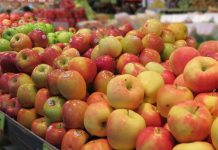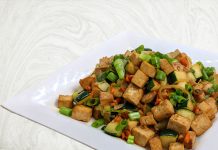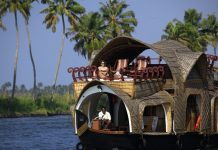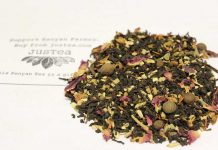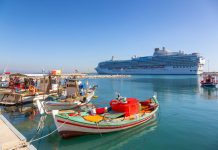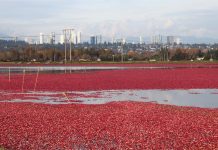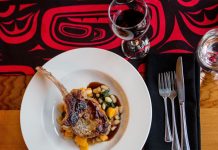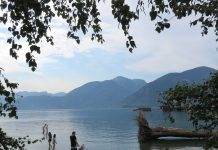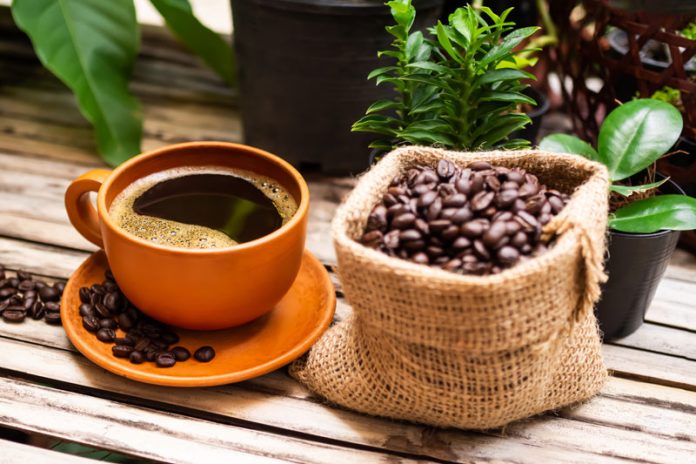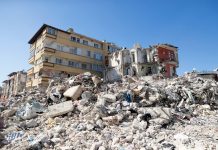Coffee is not running out of steam anytime. Who are the world’s top drinkers, and why poop beans are worth a premium?
Coffee business today is more popular and profitable than ever. Even farmers from the famed Puer tea-growing region in southern China are cashing in on the escalating demand, wrote the South China Morning Post.
The lucrative Chinese market saw Starbucks Corp. open the world’s largest café (30,000 square feet) in Shanghai in December 2017. With rising incomes and the appetite for trendy lifestyles in China, the chain has set eyes on the world’s second largest economy.
Starbucks plans to expand from its current 3,300 to 6,000 stores across 230 cities before the end of 2022. The ambitious goal means opening 600 new Starbucks annually in China.
Nestle, owner of Nescafe and Nespresso entered into an alliance with its rival, Starbucks in May this year. It’s banking on Starbucks to rejuvenate their coffee empire.
The Swiss-based food giant is paying the U.S. coffee chain more than US$7.15 billion in cash for rights to market and sell Starbucks coffee and tea in supermarkets, restaurants and catering operations globally.
Top Java Drinking Nations
Nine European Union countries top the coffee consumption per capita in 2016/17, according to International Coffee Organization (ICO) statistics.
- Finland
- Norway
- Iceland
- Denmark
- Netherlands
- Sweden
- Switzerland
- Belgium
- Luxembourg
- Canada
Top guzzlers are the Finns consuming 12 kilograms per person a year. Canadians took 10th spot at 6.2 kilograms.
There’s something about cold winters and the satisfying effect of freshly brewed java.
Coffee lineage goes back centuries to the Ethiopian plateau. Legend has it that a goat herder first discovered the cherries’ potentials after his goats ate them and became hyperactive. The beverage soon spread along the Silk Road and reached Europe.
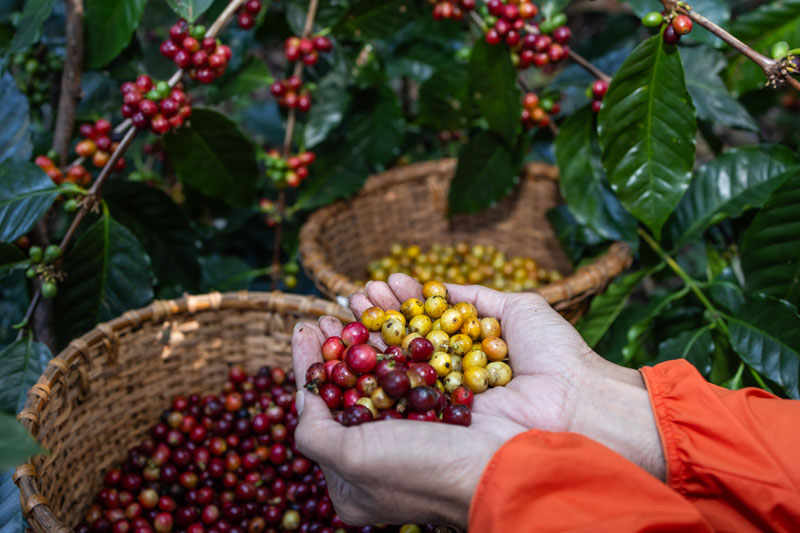
Coffea Arabica and Coffea Canephora (or Robusta) are the most widely cultivated and consumed varieties. Over 100 coffee species exist worldwide.
Ethiopia is the third largest exporter in 2016/17, after Brazil and Indonesia, reported ICO. Oddly, some of the most exquisite tasting and expensive coffees are processed from animal poop beans – including Northern Thailand’s Black Ivory and Indonesia’s kopi luwak.
Indonesia Coffee: Poop Beans That Cost More Than Gold
Kopi luwak or civet coffee is harvested from semi-digested ‘choice’ cherries consumed and excreted by the Asian palm civet (cat-like animal).
Indonesian locals called it, ‘cat-poo-chino’. Its rich flavour is allegedly a result of the cherries’ fermentation in the civet’s digestive system.
Kopi luwak has many different grades, said Daroe Handojo, vice-chair of the Specialty Coffee Association of Indonesia. He cautioned against buying kopi luwak processed by caged civets.
Cherries eaten and processed by wild civets are more flavourful – as the animals feel happier when they can roam freely, he added. Their diet also includes fruits, small mammals and insects.
“Wild kopi luwak is a gift to the farmers. Kopi luwak sales help farmers feed their families.”
“Small-scale farmers and their households accounts for 90 to 95 percent of Indonesia’s coffee production. Cherries are hand-picked, hand-sorted, pulped and sun-dried at the farm or village level – mainly by women”
Related: Destination Indonesia: Annual Festival Showcases Dances from Sumatra and Java
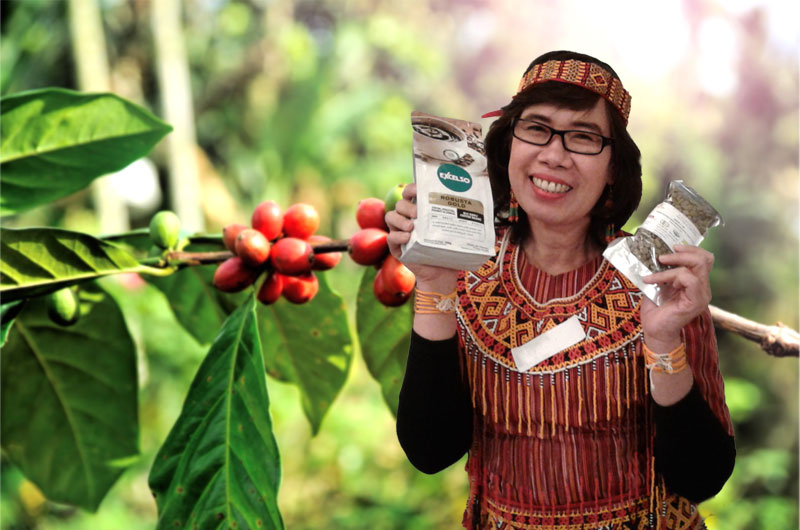
Culinary consultant Marc Matsumoto on PBS Food described kopi luwak as a full-bodied brew, complex, nutty with thick consistency. He said it was the smoothest coffee he ever drank.
“The most notable difference is that it lacks the acrid bitter notes that coffee usually has; that’s why it can be brewed so strong,” he wrote.
At US$160 a pound, the laborious processing and rarity makes kopi luwak one of top 10 priciest coffees in the world.
It cost more than a gram of gold
Climate change, said Handojo, have had a significant impact on the country’s coffee production.
Coffee Like Fine Wine
In Indonesia, the coffee’s beauty and richness comes from its inconsistent varieties and processing standards, said Normand Roy, coffee consultant for Trade Facilitation Office Canada.
Like wine, coffee aroma and flavour is dependent on the terroir (e.g. soil, climate, elevation) and processing techniques.
Indonesian farmers are sophisticated growers and well-educated unlike Latin American growers who are poor, said Roy.
Indonesia’s specialty coffees include kopi luwak, Toraja, Gayu, Acheh, Mandailing and Orang Utan coffee.
A Swiss-based conservation group started the Orang Utan coffee project to help farmers operate ecologically friendly coffee farms without clearing the rainforests.
The project is based in the Northern Sumatran highlands of Gayo, home to the wild orang utan (person of the forest).
Husk Valued More than Beans
Eat everything and waste nothing when it comes to food sustainability and waste reduction. The cherry husk once considered trash is now fetching a 480 per cent premium over coffee itself, according to bloomberg.com
The husk is processed into cascara (husk in Spanish) syrup. Cascara has a rich, caramel colour with floral notes and flavour of plums and cherries.
Again, flavour varies depending on the terroir. It’s low in caffeine, antioxidant-packed, and use for flavouring soda and drinks.
Posted: July 04, 2018 | Images Updated: January 06, 2025



